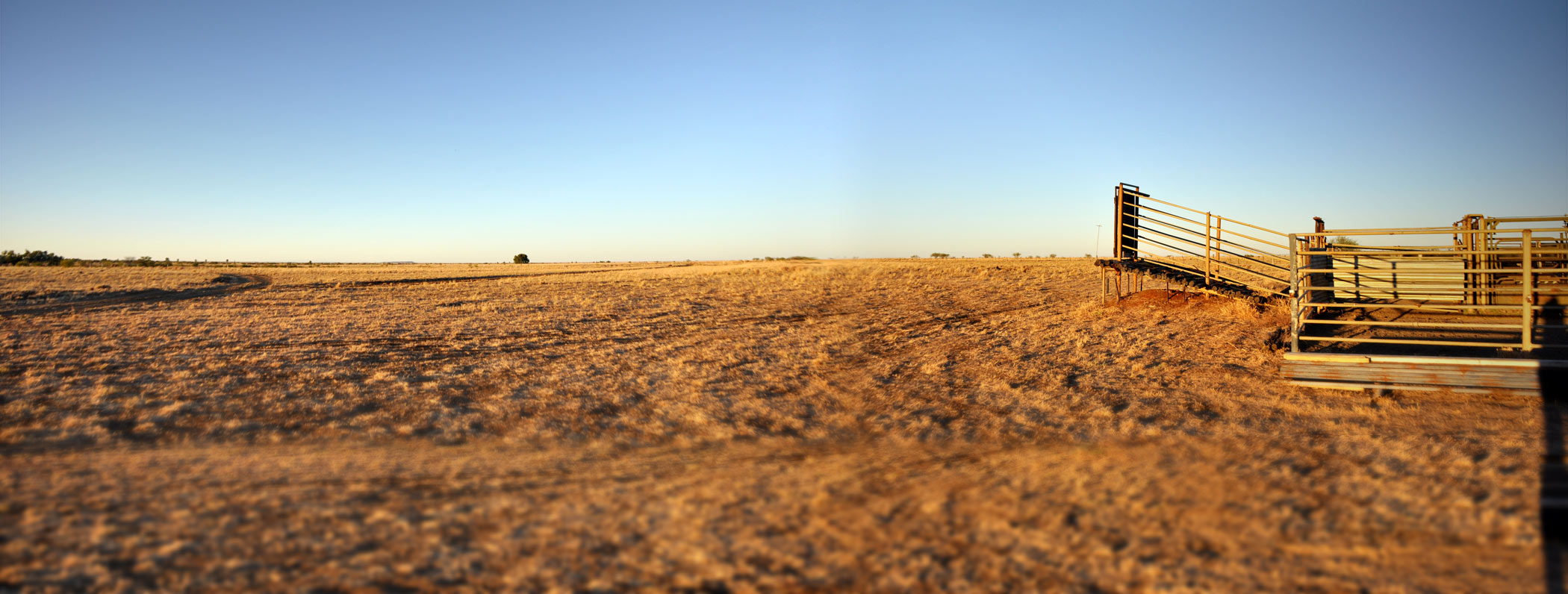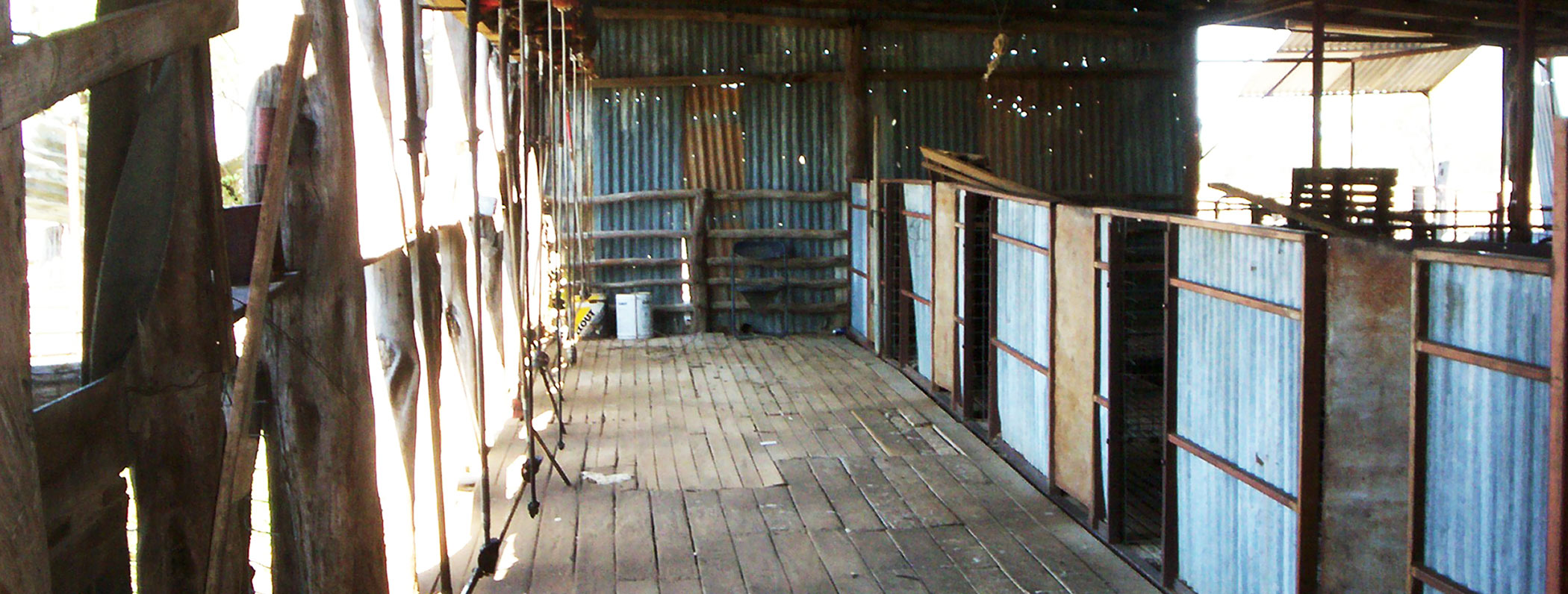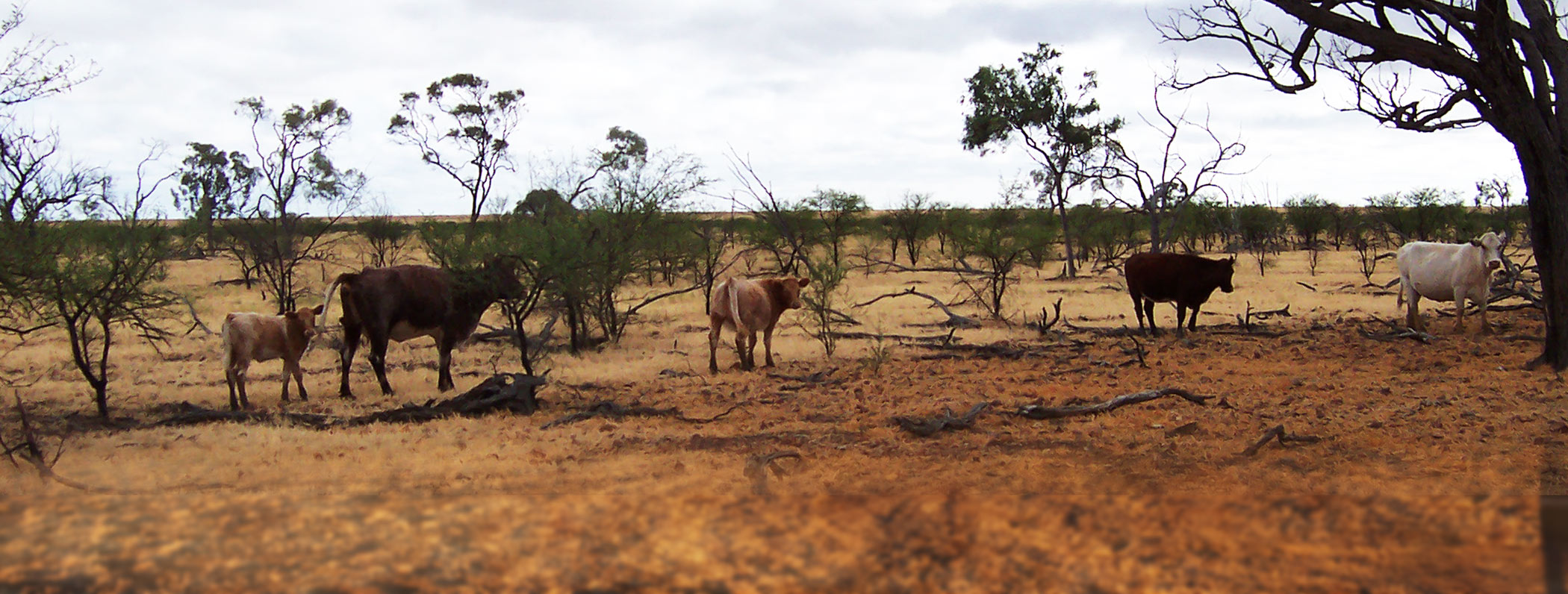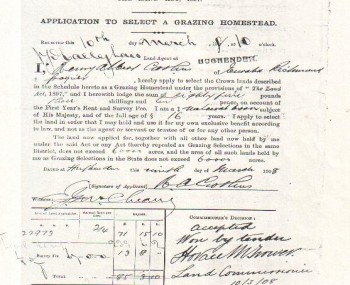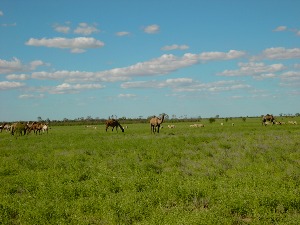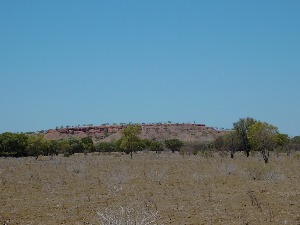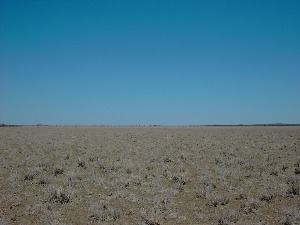I married Mary Thomasina Eather whose grandmother was the sister of H.A. Crothers. My wife’s father was Richmond C Eather a nephew of H. A. Crothers who managed the properties for all the Crothers brothers [Robert Irwin, Thomas John, Henry Albert (Harry)] who came north.
Richmond Cornwallis Eather son of John Roland Eather and Hanna Ann Crothers – daughter of Henry Crothers and Jane Irwin [their other children Robert Irwin, Hanna Ann, Thomas John, Henry Albert, William, Brooks and Jane Irwin some died in infancy].
The story of H.A. Crothers and Co, Bibil starts at Maitland to Richmond to Hughenden to Muttaburra
The family migrated from Ireland in 1839. The first to land was Thomas Crothers who married Ann Hutchson and father to Henry. The Crothers came out on the ‘Amelia Thoma’ and the Irwin’s on ‘Amelia Johnson’, and with them came Hanna Crothers and Mrs. Irwin.
They went to Dungog by bullock dray, but because of the fear of the Aborigines the women folk went back to Maitland. Henry Crothers married Jane Irwin when he was about 22 years old. He was working in a General store as he had been trained as a miller. They moved to Wollombi and started his own flour mill Millfield the mill didn’t pay. In 1863 Henry bought Booligar on the Queensland boarder, from Mr. Eckford. As Singleton was the end of the rail line they moved all their chattels they possessed by bullock dray to Booligar.
Henry and Jane Crothers’ children were Hanna Eather, Jane Crothers, Robert Irwin, Thomas John, and Henry Albert [known as Harry], went to Richmond, Hughenden and Muttaburra while William and Brooks remained at Booligar. Brooks finally bought Booligar and William bought Mooranbah.
Tom, Bob and Harry Crothers
Sometime in the early 1870s Robert [Bob], in his early twenties, left taking a black boy and brother Tom, set out in search of land. In those days land was obtained by tender not ballot. Bob and Booligar Jack and Tom obtained a block they called Clutha 60 miles west of Richmond. Returning south, they brought a mob of 1,300 heifers and some good horses from John Roland Eather and set off for Clutha on the Flinders River. There is no record of how long the trip took but finally they were established and the herd grew. The closest markets were Dubbo in New South Wales. Tom Crothers did the droving and sometimes it paid but sometimes it didn’t. One trip 3 pence a head had to be paid for the loss.
Sometime in the early 1900s resumptions for closer settlements were introduced and Clutha was one holding that was to be cut up. It was about this time that H. A. C came into the picture. He tool up an area of 4 blocks of 20,000 acres each known as Nonda Downs. Artesian water was obtainable at about 1,000 feet. Nonda was sold to Eli Carter. H.A. C. then took up Euraba at resumption of Clutha and two selections of 20,000 acres each. Euraba was sold to Tom Crothers who then sold it to Bob Crothers who finally sold it to Mr.Patterson. Clutha was sold to Mr. W. T. Mott, a sheep man and sheep judge of some note. The Crothers brothers then took on Somerville 80,000 acres comprising 4 blocks off Cambridge Downs between Richmond and Hughenden.
In about 1908, H. A. Crothers went into partnership on Sylvania at Hughenden but later sold his share of the partnership to Sylvania Pastoral Co. Later he formed a partnership with; C V Seaton Manager of Mt Cornish, L V Seaton son of C V Seaton held North Crusoe; Tom Crothers and Jane Crothers held Gue and H. A. Crothers held Bibil, Labba and Bromvil. [These selections were won by tender. It states in the application that H. A. Crothers was only 16 years old. Later in 1916, Mrs. H. A. Crothers bought Gue. Gue used to be agisted from Tom and Jane to be worked in conjunction with H. A. Crothers and Co. Gue was run in conjunction with the Bibil aggregate from 1916 to 1928 when it was sold to Ian McLean.
This partnership worked from 1908 to 1920 when it closed with a division of stock 3/8 to the Seatons and 5/8 to H. A. Crothers and a sub lease off Bromvil to balance the shares. At the close of the partnership H. A Crothers owned Bibil, Labba was owned by W Eather and Mrs. H. A. Crothers as Tenants in Common. Mrs. H. A. Crothers owned 1/8 of Bromvil while H. A. Crothers owned the rest and then Gue was sold to Ian McLean in 1928.
H. A. Crothers died in February 1935.
Managers of H. A Crothers & Co the trading name of the Company.
1908 Col R Eather a/c wages
1912-1928 R C Crothers a/c wages served in World War 1 from June 1915 – March 1918
1928 – 1957 W I Eather Partner in H. A, C & Co in 1957 he sold his partnership share to Mrs. M.T. Keenan
1957-1960 Dick Black
1960-1967 F Keenan
1967 Mrs. H. A. Crothers died and the Estate was wound up and beneficiaries of H. A. C took over as owners.
After 1967 it still traded as H.A. Crothers & Co but the new partnership was Francis John Keenan Bibil, Mary Thomasina wife of F. J. Keenan Labba and Ida F Redmond sister of F. J. Keenan Bromvil. The sub-lease of 12,000 acres of North Crusoe remained in L. V Seaton’s name.
Australia Estates Co supported H. A. Crothers with bridging finance in 1908 as the banks would not and when I needed support to fulfill the requirements of the will of H. A. Crothers they were there. There were death duties of $96,000 and a buy-in debt of $56,000. The Keenan’s sold in 1981 debt free. Bromvil was sold to R Humphries of Dotswood.
Extract from F.J. Keenan January 1994
In September 1981 Bibil was sold to R. J. and F. M Bowler and Labba to Chris and Louise Moloney [nee Bowler] for about $5.50 / acre bare. In the 1990s Chris and Louise took over the plant and stock and leased Bibil and in 1995 Chris and Louise Moloney brought out the Bowlers thus dissolving the partnership completely.
Bibil and Labba together have a good variety of country ranging from open downs, pebbly ridges, shaded bore, and gidgee to thick gidgee suckers, and soft desert to the hardest desert and Tower Hill channels. Bibil is watered by bore drains from the bore put down in 1949 with the house using water from Station Creek. The Labba house was sold in 1985 to Steve Elliot of Bengal. In 1988 the cattle yards at the house were quarantined and a new steel set was built in a more central position.
The two greatest advances in western Queensland have occurred while we have been a Bibil: Rural Power in September 1983 and the Automatic Phone in 1988. These two advances made life on the land bearable, with deep-freezes, air-conditioners, electric welders, lights when you want them and to be able to talk to any-one any-time without yelling your head off down the line.
2000 was the wettest year on record at Bibil with 47 inches and then 2002 was the driest with only 3.5 inches so how quickly things change on the land! In our 22 years here things have change prices go up and down, seasons come and go but it is still the land we hold precious.
We have three children Colin, Monique and Luke who all have grown up here, beginning their education with Distance Education then Boarding school in Toowoomba and on to University.
Extracts from Louise Moloney 2003
Variations on Surname
Bibil and Labba are run as one property
Relationship to Muttaburra
Bibil is 65 kilometers north of Muttaburra on the Prairie Road.
